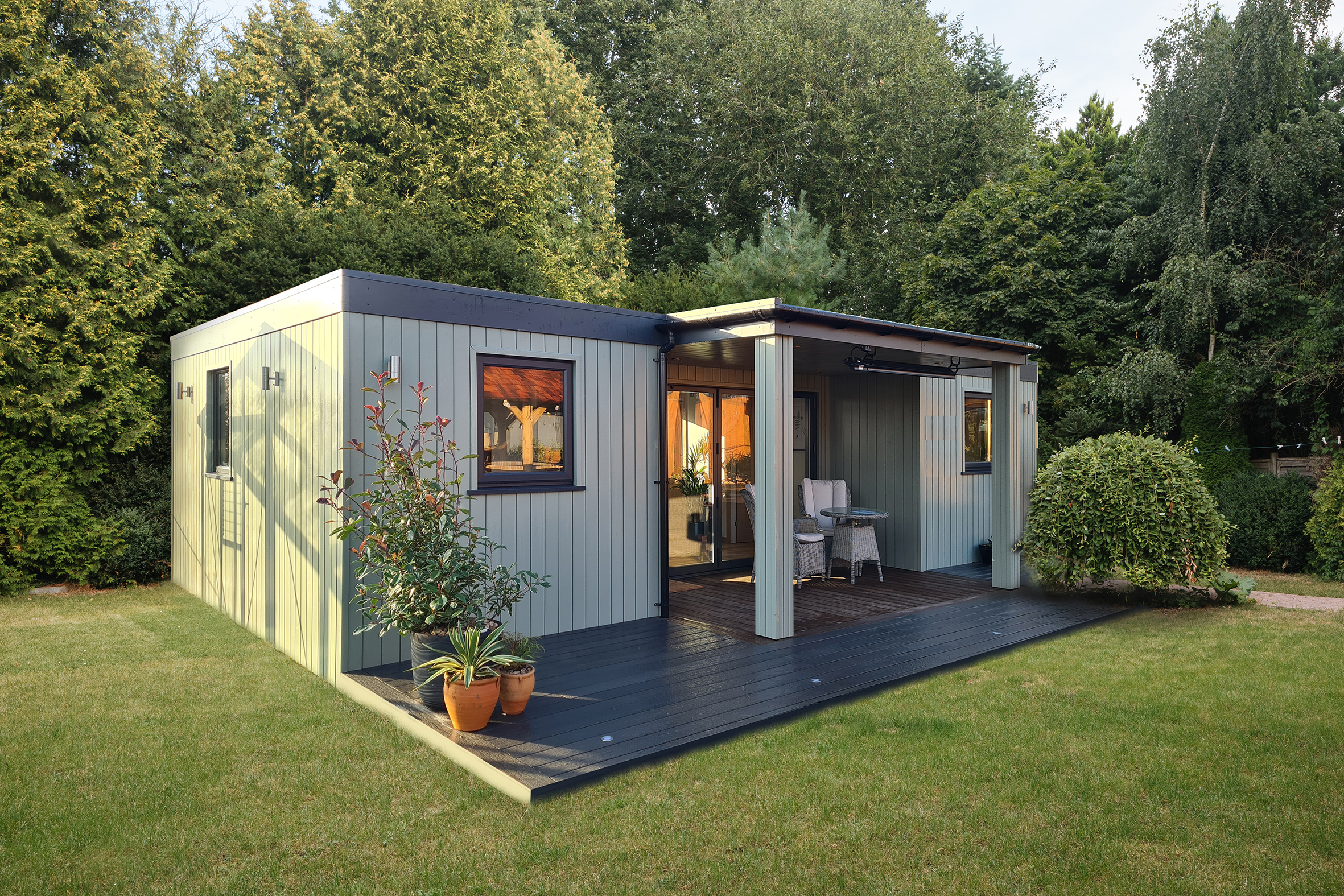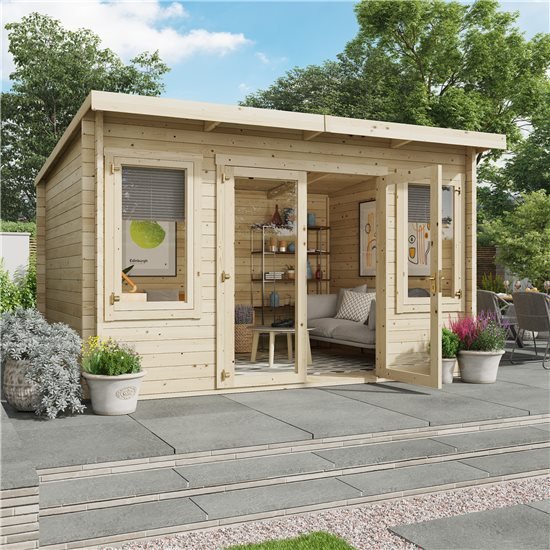Free Facts For Planning Permission On Garden Extension
Wiki Article
What Type Of Planning Permit Will You Need To Get In Order To Build The Garden Like, For Instance, In Order To Address Highway Concerns?
Transportation issues can affect the need for a planning permit for the construction of garden offices, conservatories, outhouses or garden extensions. These are the most important concerns: Visibility and Sight Lines
If the structure is obstructing visibility for drivers entering or exiting the building, or impedes the lines of sight at junctions and bends in the road, a planning permit is required. The planning authorities will evaluate whether or not the building is a danger to the road.
Distance from the highway
Typically, structures that are built in close proximity to highways like extensions or front garden rooms in close proximity to roads require planning approval. The distance between the structure and the highway is also controlled to prevent any interference.
Access and Egress
Planning permission may be required if you want to alter or construct new access points. This will ensure the access and exit points are secured and don't interfere with traffic flow.
Parking Facilities:
If the proposed structure is expected to affect existing parking spaces or requires additional parking, a planning permit is required. The authority for planning will assess whether the development provides sufficient parking space and does not cause parking congestion on the street.
Traffic Generation
Planning permission will be needed for developments likely to increase traffic, such gardens that are used as business offices with clients in attendance. This will include a review of the local traffic level and road conditions.
Effect on Pedestrian Access:
Planning permission is required when the proposed structure encroaches on sidewalks or walkways. To ensure safety of pedestrians and access, it is vital to not block the walkway.
Roads and Construction Impacts
It is possible to seek planning permission if construction activities result in an impact on the highways. This includes the movement of trucks as well as temporary obstructions. The planning authority may impose conditions to minimize the disruption to roads during construction.
Drainage and water runoff
Another consideration is the impact of the construction on runoff and drainage water, specifically how it impacts highways. Planning permission assures that the new structure won't cause problems with drainage or flooding that could impact the highway.
Street Furniture and Utilities
Planning permission is required when the proposed development will impact street furniture, underground utilities or both (e.g. water cables, pipes, etc.). The planning authority will work closely with the appropriate agencies to address any concerns.
Highway Authority Guidelines
The local highway authority might have specific guidelines for developments close to highways. Planning permission ensures compliance of these regulations to ensure road safety and efficiency.
Traffic noise and disturbances
The new structure might cause more noise or traffic (e.g. an office located in the garden which receives visitors and deliveries). Planning permission will be required to minimize any impact.
Accessibility to public transport
Planning permission is required if the proposed development will have an impact on the public transport infrastructure like bus stops and train stations. The plan will also consider the impact on the public transport system as well as its integration.
In the end, highways concerns are a major element in the planning process for garden rooms, conservatories, outhouses, garden offices or extensions. It is crucial to ensure that any proposed development does not adversely affect road safety traffic flow, pedestrian safety or access. In consultation with the local planning authority as well as the highway authority early in the planning process will assist in addressing these issues and ensure compliance with all relevant regulations. See the top garden room conservatories for more advice including outhouse buildings, garden room conservatory, outhouses, composite summer house, garden office, out house, garden room conservatory, garden office, 4m x 4m garden room, garden room conservatory and more.

What Is The Environmental Impact Of The Garden Rooms, Etc.?
It is important to consider the impacts on the environment when designing garden rooms or conservatories. Here are the most important environmental factors to consider wildlife and biodiversity
Planning permission is needed in the event that the construction has an impact on local habitats for wildlife, such as hedgerows, trees, or ponds. It may be necessary to conduct an ecological study in order to minimize and evaluate the impact.
Protected species and habitats
Permission is required for protected species at the site (e.g. bats or newts) or if they are in protected habitats or nearby (e.g. Sites of Special Scientific Interest SSSI). To protect them, special precautions must be taken.
Preservation Orders for Trees Preservation Orders
Planning permission may be required when the construction includes the removal or modification of trees protected by TPOs. Local authorities will review any impact and may demand new planting or mitigation measures.
Risk of flooding and Water Management Risk and Water Management
Planning permission may be required for development in flood-prone or near waterbodies. It is possible to perform a flood risk assessment in order to make sure that the structure is not prone for flooding and has drainage solutions.
Sustainable Construction Methods for Sustainable Construction
To ensure that sustainable construction and materials are used, as well as sustainable construction methods are employed permits for planning may be required. This may include analyzing insulation and energy efficiency as well as carbon footprints of the building materials.
Drainage & Surface Water Runoff
Environmental concerns include the effect of a new building on surface water runoff and drainage. Planning permission is needed to ensure that drainage systems are properly constructed in order to prevent flooding and waterlogging.
Soil Stability and Soil:
This includes potential issues like soil erosion or subsidence especially in sloped areas. The planning permission is required if the construction could affect soil quality or stability of the land.
Air Quality:
Planning permission is required for any developments that have the potential to affect the air quality within a local area, such as ones in close proximity to industrial areas or main roads. It ensures air pollution levels remain within acceptable limits and that mitigation measures are implemented.
Noise Pollution:
Planning permission is needed if the garden room or any extension to it, is likely to generate a significant amount of noise. The local authorities will evaluate the level of noise to assess the impact of those levels on neighbors and the surrounding environment.
Waste Management:
The disposal of waste during construction and afterwards is vital. Planning permission is needed to ensure that the proper facilities are provided for recycling and disposal of waste while minimizing the environmental impact.
Energy Efficiency
A planning permit might have energy efficiency requirements, like the use of solar panels, high-performance glass or other green technology. This will reduce the impact of the building on the environment.
Environmental Regulations
Regulations and laws governing the environment apply to all development including the UK Environmental Protection Act. Planning permission ensures all legal requirements are met and the development is being environmentally sustainable.
In the end, planning permission for conservatories, garden rooms, outhouses, garden offices, or extensions must consider a wide range of environmental impacts. Contact the local planning authority at the earliest possible point during the planning stage to ensure that you know the requirements specific to your project. View the top composite garden rooms for blog info including garden buildings , garden room, outhouse buildings, outhouses for garden, outhouse uk, costco outbuildings, garden room planning permission, garden office electrics, garden outhouses, Tring garden rooms and more.

What Is The Planning Permit Required For Garden Rooms Or Other Areas. In Relation To Utilities And Infrastructure
If you are planning to construct garden rooms, conservatories, outhouses, garden offices or extensions, utilities and infrastructure aspects are important and could determine the need for planning permission. Here are some key considerations: Water Supply and drainage:
It is possible to get planning permission if the structure is connected to the local water supply system or drainage system. Local water authorities may need to evaluate the impact of the new structure on the water supply or sewer systems.
Electricity and Gas Connections:
A planning permit may be needed if an entirely new structure needs for connection to electricity or gas. When connecting these services it is crucial to adhere to the building codes and safety standards.
Utility Easements
Planning permission could be required if the structure is within an easement (areas that are designated for utility lines). The construction within these zones could require the approval of local utilities.
Sewage systems and septic tanks
It is important to obtain planning permission when installing a septic-tank or sewer system on your property. For these systems it is crucial to comply with the requirements of the environmental and health standards.
Drainage, Surface Water Management and Surface Water Management
A planning permit may be required to tackle surface water runoff and drainage issues from the construction. It might be necessary for you to take measures to prevent erosion, flooding and water contamination.
Access to Utilities for Construction
Permission may be needed when the construction process requires temporary access to the utilities, for example water (for construction reasons). The temporary connections must meet safety and environmental standards.
The impact on local infrastructure:
It is crucial to obtain planning permission so that you can determine the impact the construction will have on the local infrastructure. This comprises utilities, roads as well as other public services. The local authority will evaluate whether the infrastructure in place supports the proposed development.
Recycling and Waste Management:
The planning permission could include requirements for the management of waste during construction and recycling afterward. To reduce the environmental impact, it is crucial to have sufficient provisions for recycling and disposal.
Energy Efficiency:
Installing energy-efficient features and renewable energy systems within a new construction (such as solar panels or heat pumps) might require planning permission. Building regulations and environmental standards must be adhered to.
Telecommunications, Internet and Connectivity
Planning permits are required for the construction of new structures that require Internet or telecommunications connections. The infrastructure should be compliant with all standards and regulations.
Access to Footpaths and Roads
In some cases, it might be necessary to get planning permission before you can build or modify a footpath. For road and path construction it is essential to comply with safety standards.
Accessibility of the public transport system:
If the proposed structure affects the accessibility of public transportation facilities (such as trains or bus stops), planning permission may be necessary. Transport infrastructure for public use must conform to standards and regulations.
In summary utility and infrastructure concerns are the most important factors to consider when deciding the need for planning permission for garden rooms, conservatories, outhouses, garden extensions, offices or other buildings. To ensure that all regulations and standards are adhered to, it is important to speak with the local planning authority in the early phase of the planning process. Take a look at the most popular what is conservatory for website examples including insulated garden rooms, conservatories and garden rooms, outhouse, what size garden room without planning permission, outhouse for garden, costco garden rooms, ground screws vs concrete, gym outhouse, small garden office, garden rooms near me and more.
